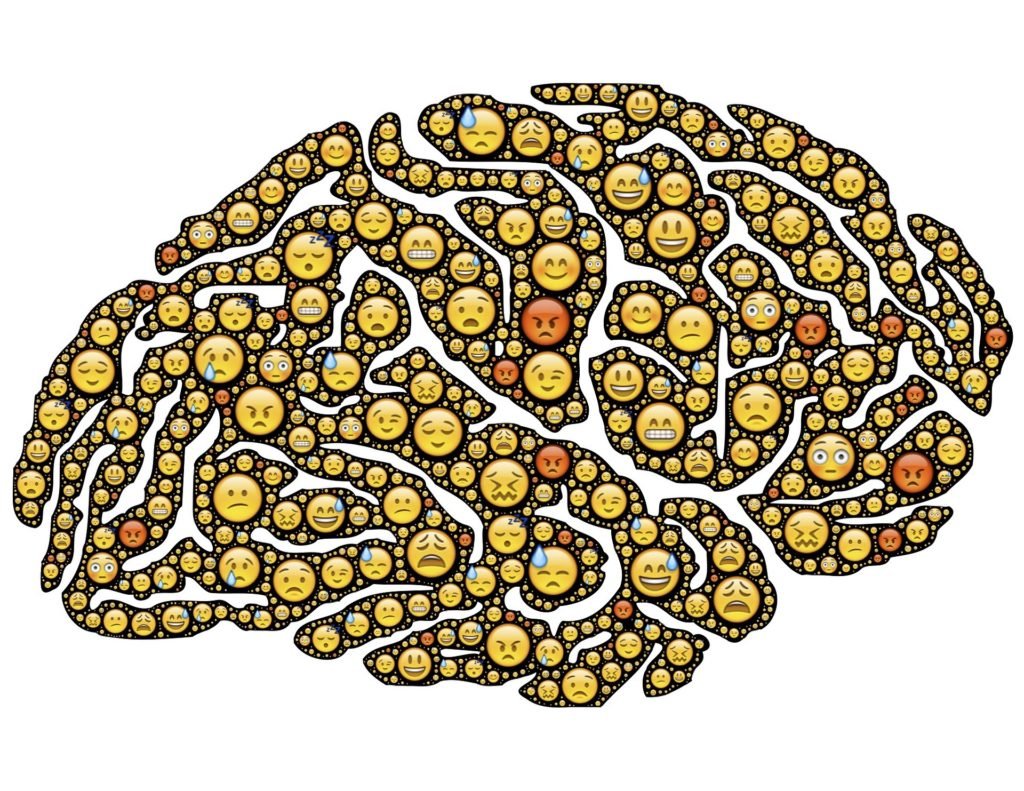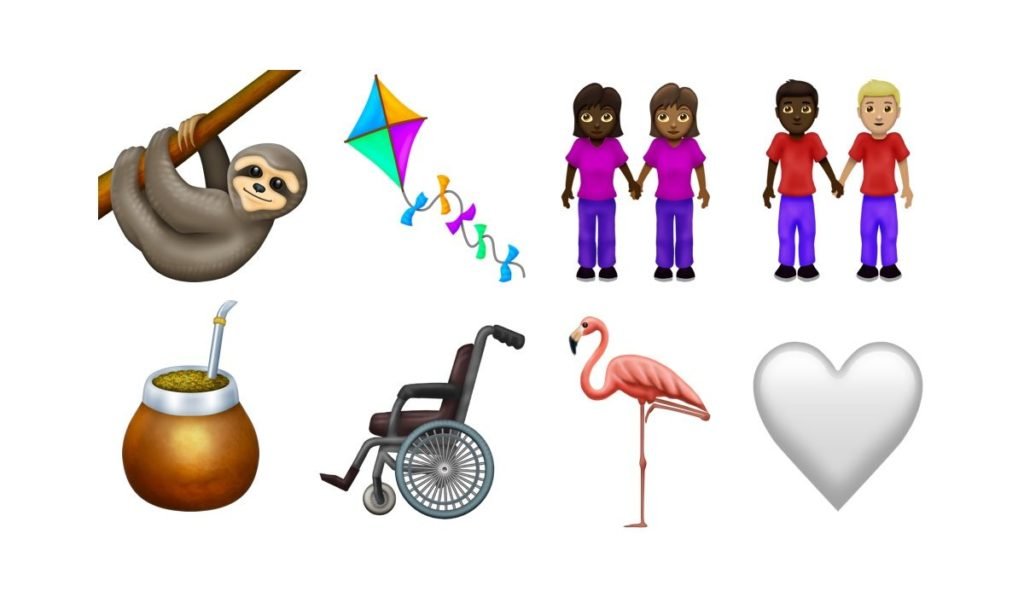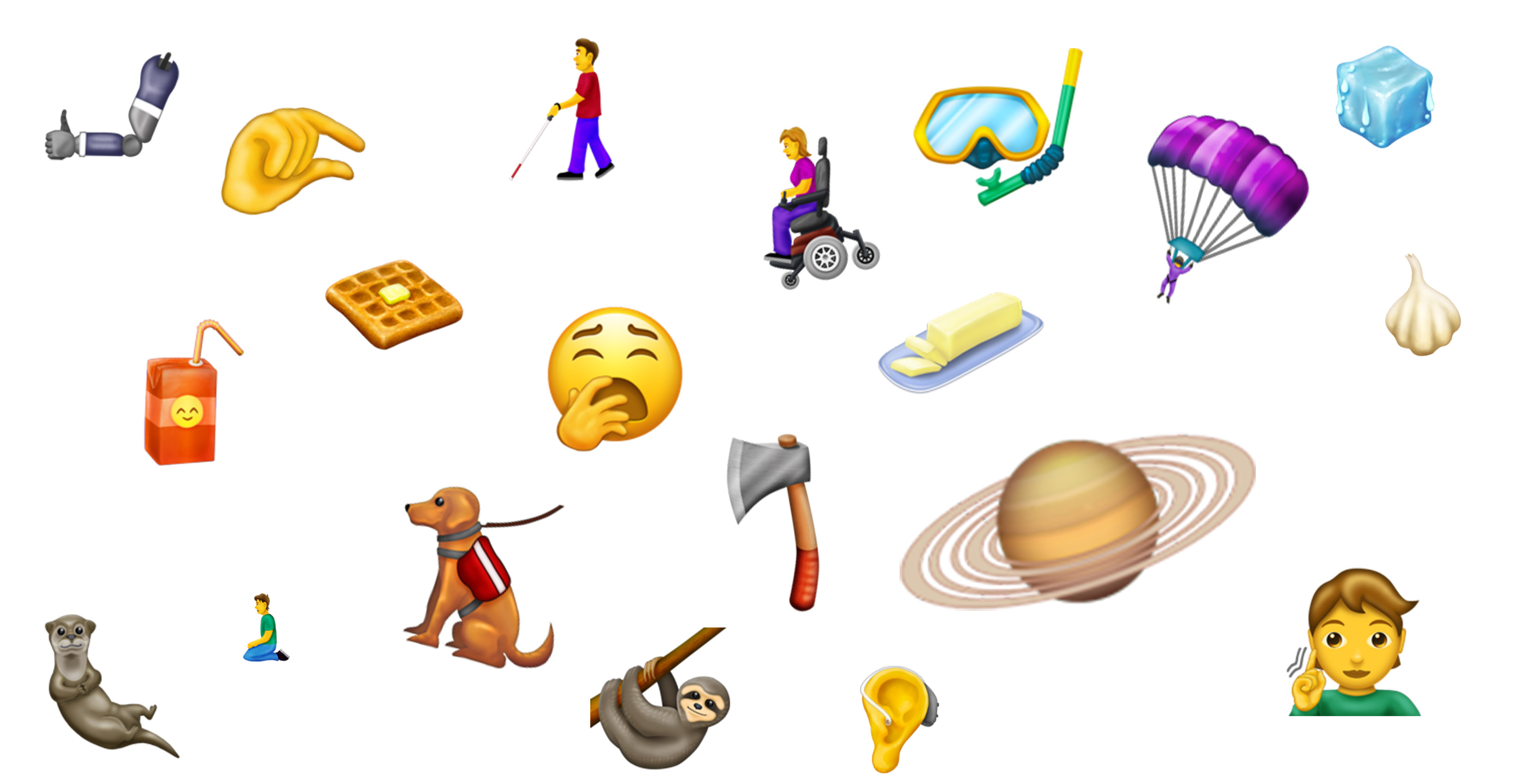Ever more people use the emojis, as much as it seems became indispensable, they are a kind of universal code which is able to simply concept, emphasis them, complete them. They enrich and improve an ever more written and less talked communication.
When we talk face to face it’s possible to use the facial expressions, the tone of voice, the gestures to be better understood. Already during a phone conversation it’s possible to decode only the tone of the speech, via chat becomes essential to give a guide to reading.
Not everyone know that behind those emojis which are now indispensable to communicate, there is even a specific competent body. They aren’t casual, infact, they are chosen, added and deleted according to a serie of studies about the usage that we do of the new trends and so on.
Who uses the emoticons and how he does
So who is working on it? To choose which ones of those little faces are useful and which ones are not is the Unicode Consortium, headquartered in California. The studies are made according to the usage of the single emojis: which are the most used? Which are the criterias with which the people decide to use one emoji and why?
Currently there are about 2800 emojis spreaded between all the socials. Even the brands to talk to their audience, or to their customers started to use the famous emoticons. It’s all about the tone of voice that you would like to use, but more and more often on the socials to the customers’ questions, the customer care answers with some emojis.

It’s now a growing trend, even the age range of 55-64 years usually uses them, they are infact more than the 70%. For this reason the iconic images have to stay up with the times, with the people that use the socials and with what is happening all around the world.
Even if often they are misunderstood, emoticons like the smiling one with open hands is read by all like a happy person, while it would like to be a hug. Or the sad face with that tear on the left, which is often use to indicate sadness, it’s instead a disappointed but relieved expression.
The graphic of the emoticons is continuosly changing, in the color and in the attention to details. But it isn’t only an aesthetic topic, infact it seems that behind it there is even a social involvement. As the time goes by the emojis’ world becomes almost a parallel world where don’t exist differences and discriminations.
The last news
In the 2019 Unicode Consortium decided to introduce some particular emojis: like the ones about the disabilities. It realized so images of blind people and guide dogs, people in wheelchair and prostesis on the arms. On the gender mainstreaming, but even about the racial one it creates a serie of couples of men and men, and women and women with many ethnical combinations.
For the femine world here you have saris, dancing shoes and even a blood drop which indicates the menstrual cycle. Perfect for the summer, instead, there are mask and snorkel and swimsuits for him and for her. About the religion we find now people praying and holy places.

The emojis represent our world and they help us to let understand everything in the aseptic scenario of the socials. Using them becomes a must even if there is still someone that doesn’t use them. Maybe it’s just to get noticed or maybe it’s because he doesn’t think they suit his way to speak. But without the emojis, is the communication equally efficient?
But the emoticons’ invasion goes on, the researchers of the Unicode Consortium are working for us to new images and new icons. To make the communication ever more universal, to help us to say what we really feel without using words.
We just hope to don’t fully lose those words, by starting to write like the ancient egypts after more than 4000 years.
This post is also available in:


